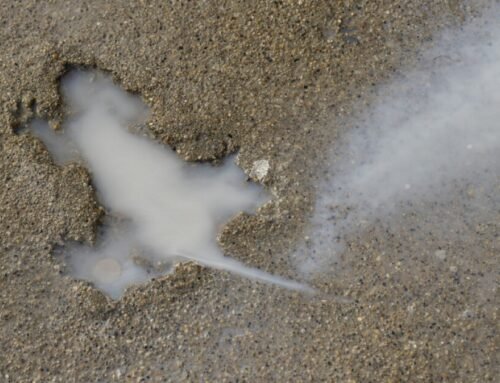The strength, flexibility and appearance of joints will certainly depend on the type of wood used but also on how well wood has been cut and shaped. However, no matter what wood you choose, it's always important to use the right joining tools. Here's a list of the most common ones:
Hammer
Use a hammer to drive nails into wood and the other materials included in the project. A hammer is also commonly used to remove unwanted nails. There are different types of hammers that can be used. Here's a short list:
Claw Hammer:
The claw hammer is one of the joining tools that every woodworker must own. When shopping for a claw hammer, you will find that it comes with different kinds of handles, ranging from wood, steel, rubber to even plastic. Choose the one that feels better in your hand and, of course that you can afford.
Wooden Mallet:
A wooden mallet is a wooden hammer but larger than a normal hammer.
Screwdrivers
Flat Slot: this is a type of screwdriver to have in all possible sizes. It's important to always use the right size to avoid damage of the screw / wood and also to make sure that screws are well tightened.
Phillips: using a Phillips screwdriver allows you to have better control on the screw. The recommended sizes are no. 1, no. 2 and no. 3.
Robertson: also called "socket head screws". They are similar to Philips screwdrivers but have a square head for an even easier control of the screw.
Nails & Screws
Nails: They are generally driven into the workpiece using a hammer. Nails are joining tools that come in all sorts of shapes and forms. Common nail types are the round wire (long and thick body with a flat head, used for general work), the oval wire (long with a small round head), lost head (long with a small round head.) Ideal when it is necessary to hide the head of the nail), panel pin (a very thin nail with a small round head often used with glue), tack (short with a large and flat head) and sprig (short trapezoid rectangle-shaped body with no head) .
Screws: There are 3 different classes of screws: 1) flat headed, 2) round head and 2) pan headed. Flat screws, once inside, are almost invisible on the surface. Round head screws are generally used for decoration. Pan head screws have greater thickness near the circumference than the round head. This gives more surface area for the driving, especially for slotted or flat drivers.
Vise Grip or Vice Grip
Vise grips are mechanical screws used for holding or clamping pieces together. There are different types of vises:
Bench Vise: Usually portable, the bench vise can be screwed or clamped onto the bench or the worktable. They come in different sizes to fit all sorts of projects.
Workshop Vise: Typically with swivel bases. Sometimes, they come with a built-in anvil as well.
Woodworker's Vise: This vise must be mounted on the workbench. The pin located on the vise slides up to work with the bench dogs so that your material is solidly held in place.
Clamps
Clamps are joining tools very often used in woodworking. They are designed to keep pieces together after gluing them. There are many different types of clamps that you will need and it's a good idea to keep most of them in your tool box:
C-Clamps: Double roled threaded for faster clamping and durability.
F-clamps: Similar to C-clamps but with wider jaws for a wider wood capacity. It is also called "bar clamp" or "speed clamp".
Band Clamp: Also called "web clamp". Very useful when the surfaces of the clamping items are not parallel to each other, when you need clamping pressure from many directions and also when you must clamp multiple surfaces.
Miter Clamp: Designed to hold miter joints together. The design of the miter clamp looks quite complex. It basically consist of a fixed and a movable jaw that are activated by a cam.
Dowel
A dowel is a cylindrical wooden pin that is used to reinforce a wooden joint.
Source by P. Wheeler






Leave A Comment